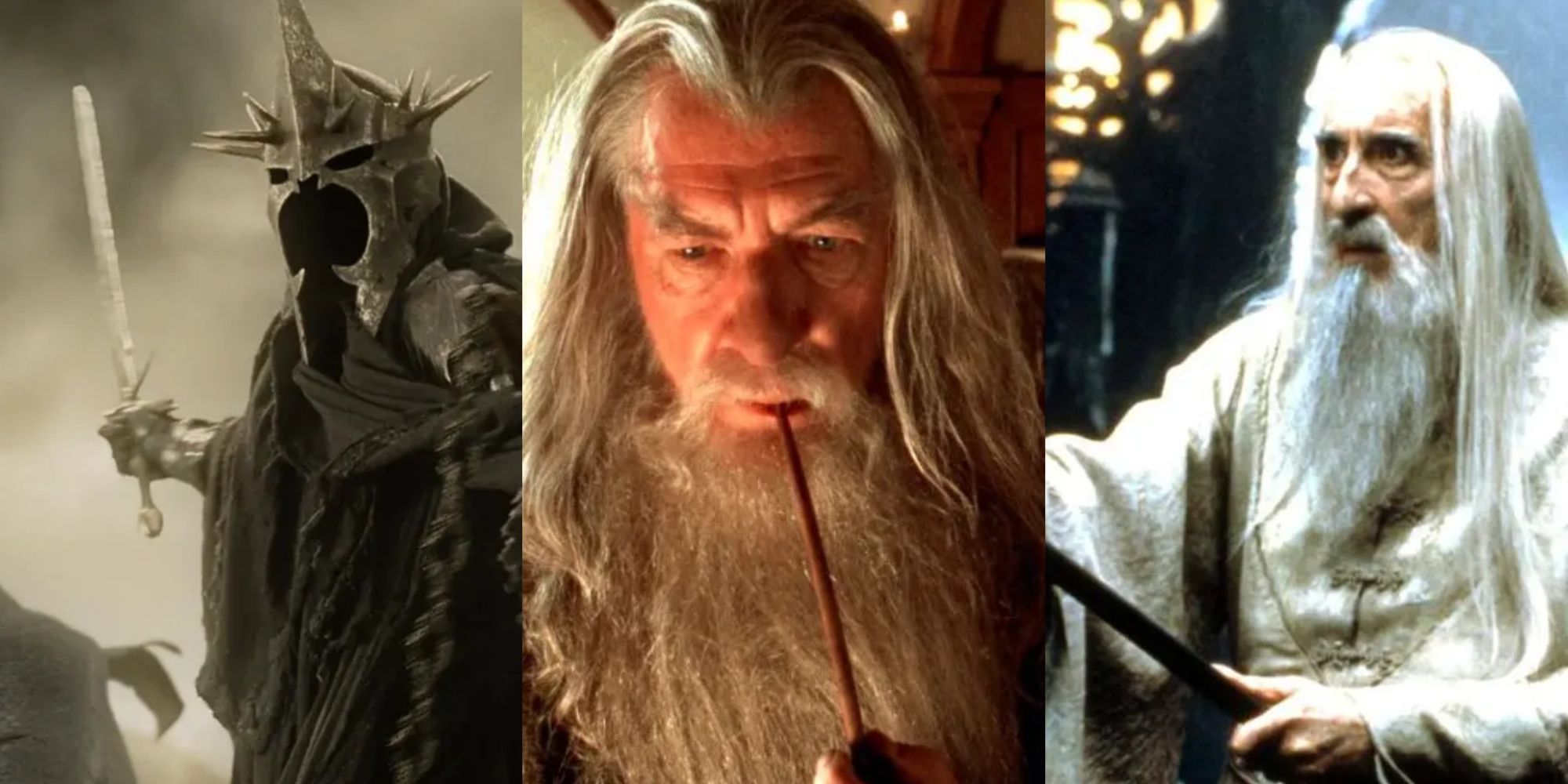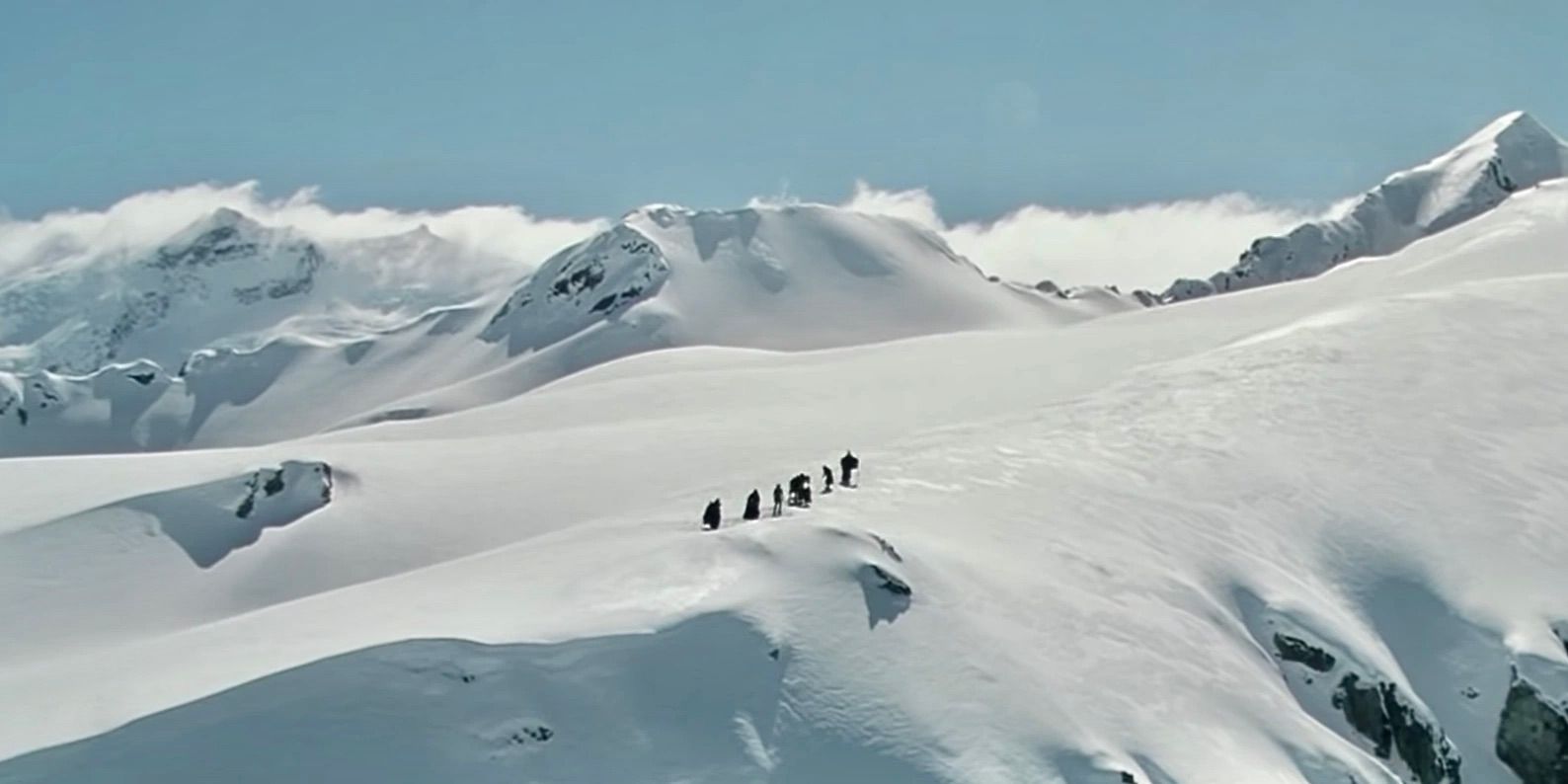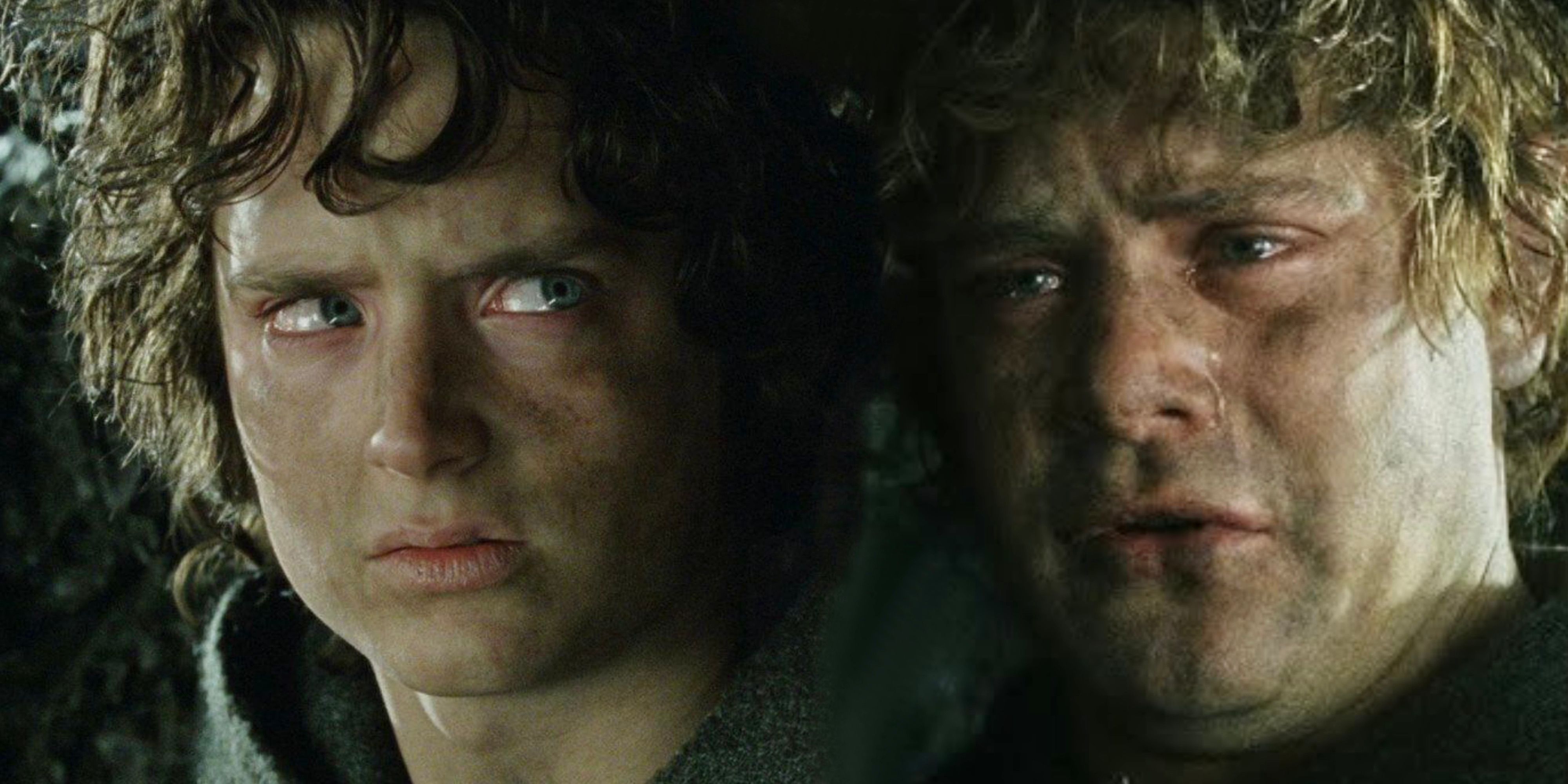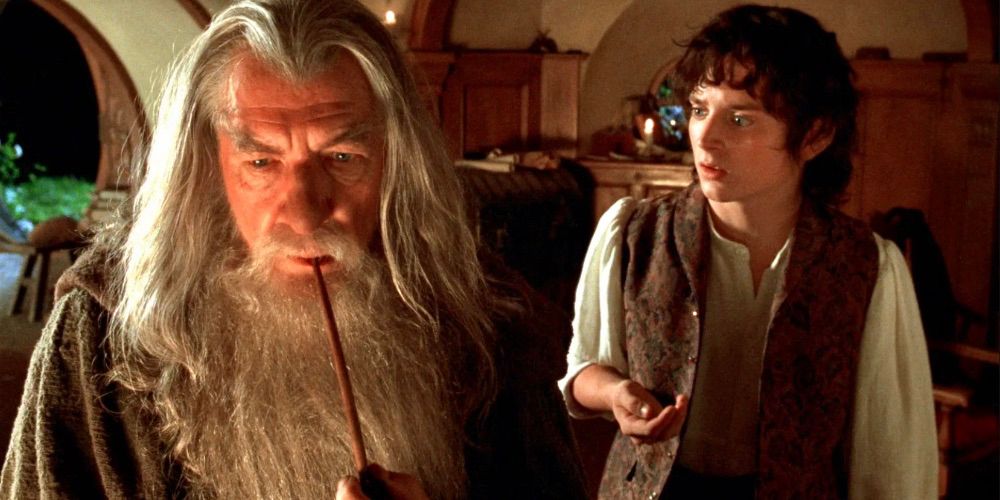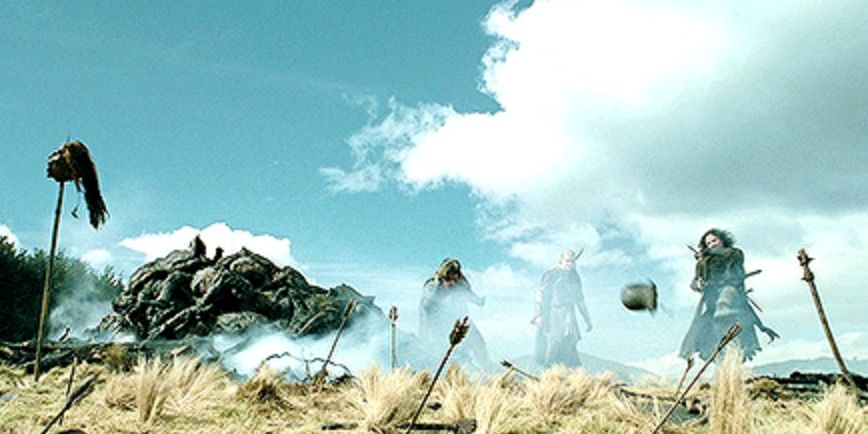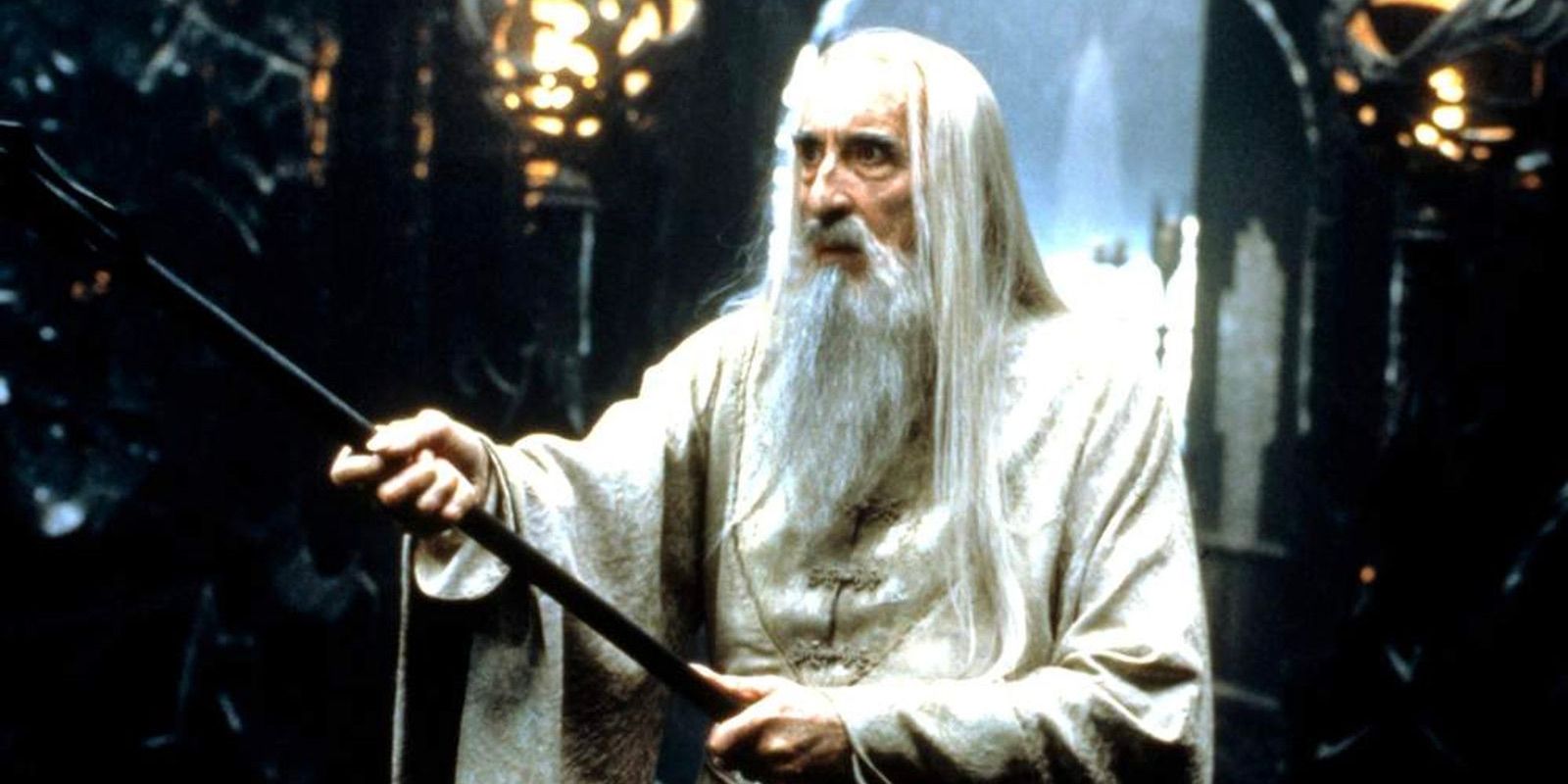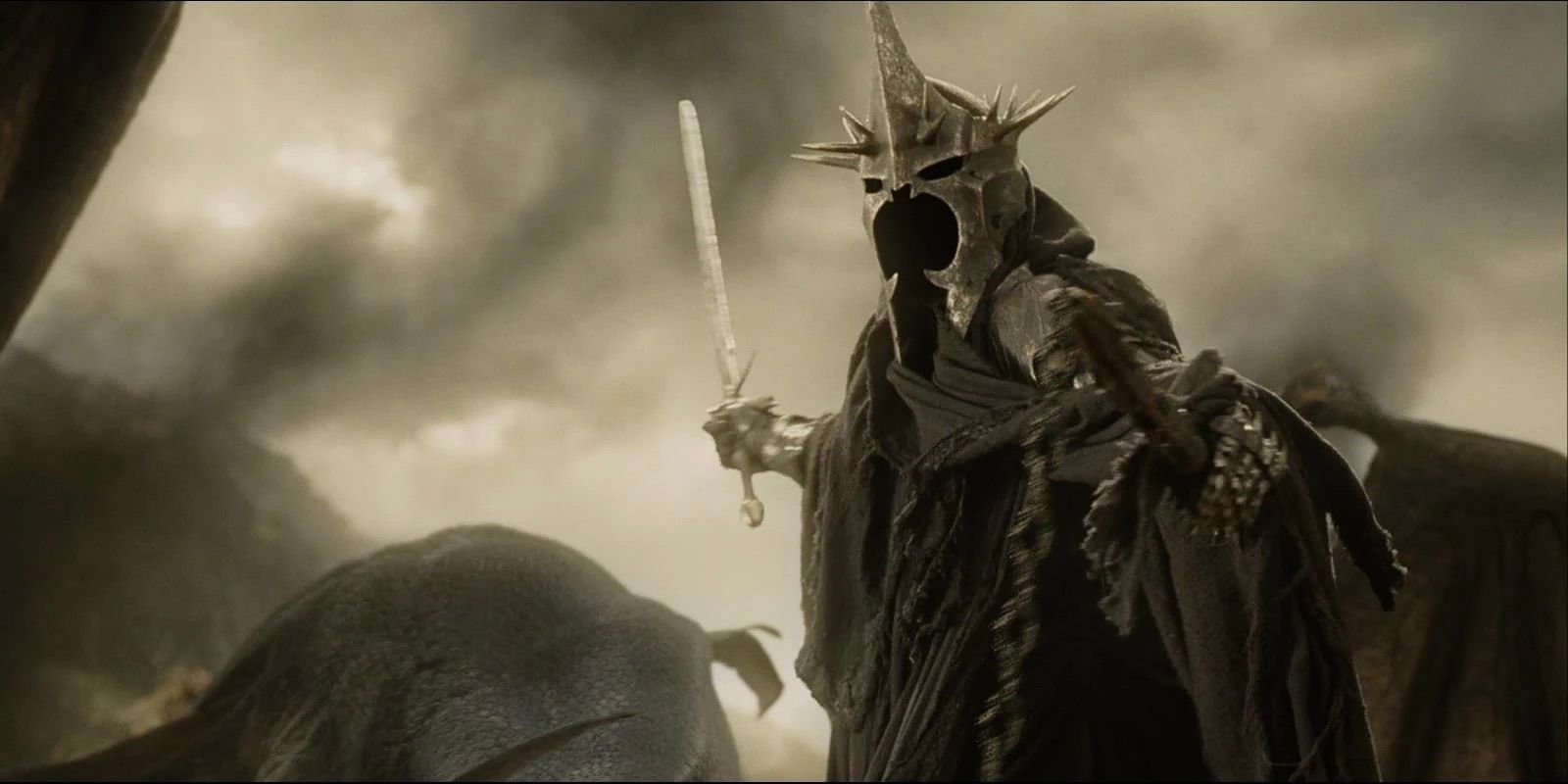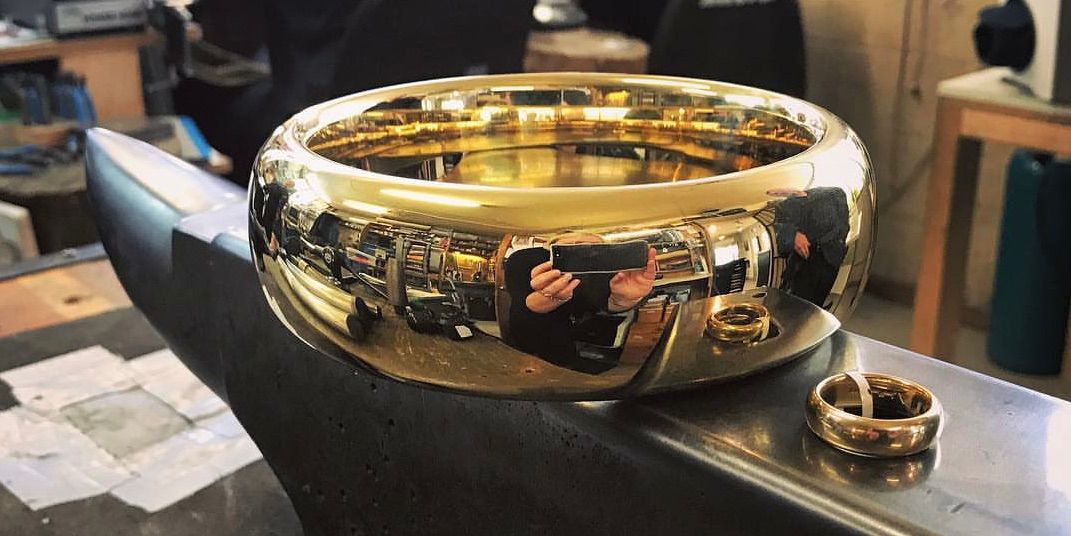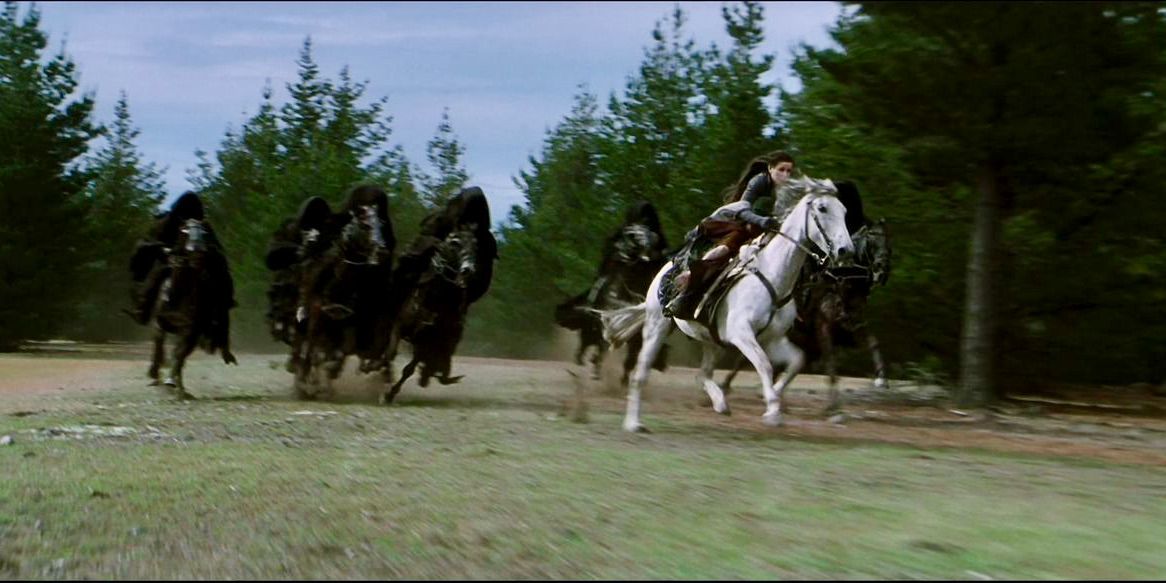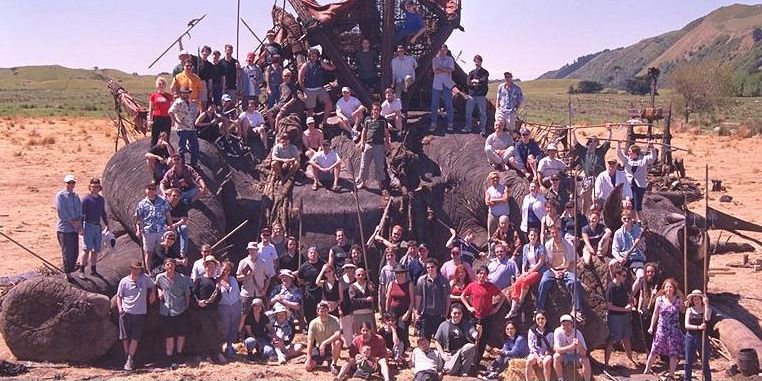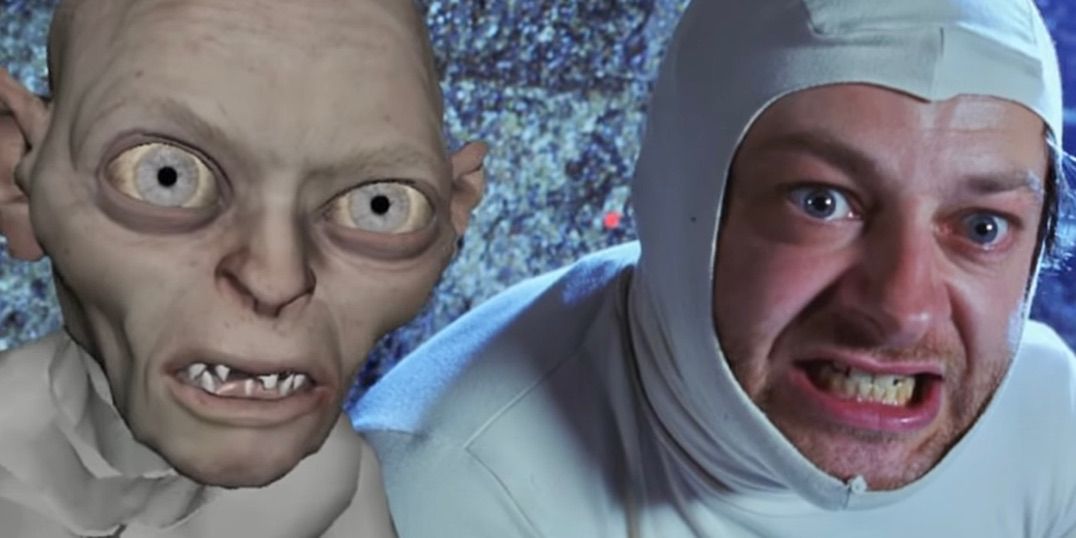The Lord of the Rings Trilogy was a monumental achievement in filmmaking history, successfully adapting one of the most cherished pieces of fiction of all time. Based on J.R.R. Tolkien's novels, the three films The Fellowship of the Ring (2001), The Two Towers (2002), and The Return of the King (2003) were a commercial and critical success, raking in billions of dollars and winning a combined 17 Academy Awards.
The landmark trilogy was also incredibly well documented, with hours of bonus footage of the trilogy's entire production released with the extended editions. The massive production pushed boundaries on visual effects and motion capture techniques, pulled absolutely no punches with its production design, and utilized numerous filmmaking techniques to bring Middle Earth to life. Along with the breathtaking scenery of New Zealand and Howard Shore's swelling score, director Peter Jackson and his extensive production crew crafted something extraordinary.
Sean Bean Refused to "Fly You Fools!"
In Fellowship, we are introduced to Boromir (Sean Bean). Once the Fellowship is formed, the nine embark on their perilous journey to Mount Doom, which soon finds them traveling over the Misty Mountains. For the production to make it up to shoot, helicopters had to transport the cast and crew up an actual mountain, much to the dismay of Bean.
After taking the first flight up, Bean was noticeably shaken and refused to hitch a ride up the mountain again. So, to make it to the remote location, Bean took a ski lift and hiked the remaining miles, in full Boromir makeup and costume, to get to the filming location. Meanwhile, the rest of the giggling cast could see Bean hiking from their helicopter seats.
'The Parting of Frodo and Sam' Was Filmed a Year Apart
In the thick of filming Fellowship, the 1999 Queenstown flood forced the production inside a local hotel squash court. Without any other possible scene to film, Peter Jackson opted to jump to Return of the King and shoot a scene on the treacherous Stairs of Cirith Ungol. The steep, narrow stairs were so small that the production was able to build the tiny set inside the squash court and keep production moving.
First to film their coverage was Sam (Sean Astin), who had to emote utter sorrow as Frodo, manipulated by Gollum and before Serkis was even cast, tells Sam to go home. Ready to film Frodo (Elijah Wood) the following day, the weather cleared, and production went back to Fellowship. It would take exactly a year before they were back to film Frodo's coverage. So, within the final cut, the back and forth between Frodo and Sam reflects an entire year in production time. This is a tremendous example of actors being able to switch on any scene at any given time, with Astin and Wood pulling off such a critical low point in the hobbit's friendship so out of order. The impromptu scene also inspired Jackson to film all three films congruently.
Did Ian McKellen Really Hit His Head?
It has been a longstanding myth that Ian McKellen accidentally hit his head on the beam in Bag End. However, McKellen recalls the event differently. The popular trivia entry was derived from the DVD commentary in which Peter Jackson reflects on the happy accident that made the final cut. McKellen later stated he came up with the idea the night before, and Jackson merely thought it was an accident. According to McKellen, that's just great acting.
The bump on the head of the towering wizard is a great moment early in the trilogy to depict the size differences of the characters. A myriad of in-camera tricks was used to convey the small world of the hobbits, including forced perspective, which places McKellen closer to the camera than the hobbits, scale doubles, and scaled props and sets. In the instance of the fabled head bonk, McKellen, as Gandalf, is navigating an alternate version of the Bag End set that is 30% smaller than the set the hobbits filmed in.
Battle Scars
One of the most famous on-set injuries of the trilogy is seen when Aragorn kicks the orc helmet in Two Towers. The excruciating scream from thinking Merry and Pippin are dead is an authentic reaction from Viggo Mortensen, who just broke two toes. But that wasn't the only foot-related injury to happen. In the Fellowship scene, when Sam chases Frodo trying to depart alone across the river, Astin got a nasty gouge on the bottom of his foot. Similarly, Dominic Monaghan, who plays Merry, felt a sharp pain in his foot running to Buckleberry Ferry; however, to Pippin actor Billy Boyd's amusement, it was merely a large splinter.
With the rough and tough production, there were several more injuries along the way. Mortensen chipped a tooth, ready to glue it back on before being forced to the dentist. Mortensen refused to remove the fake orc blood for the sake of continuity and was back on set an hour later. Bernard Hill, King Theodin, cracked his sternum while the Rohan stunt performer, who took the ladder bolt at Helm's Deep, broke a leg. John Rhys-Davies, Gimli, even lost the tip of his finger, a prosthetic finger that is, as he lost his real one in childhood, but used some fake blood to pull a prank on Peter Jackson.
Christopher Lee Actually Met J.R.R. Tolkien
Christopher Lee was an avid fan of the books by J.R.R. Tolkien and was the only cast member who met him, crossing paths in an Oxford pub in the '50s. Tolkien's first publication of LOTR came in 1955, with Lee stating that he read the books once a year for the remainder of his life. This means he read the novels over 50 times and surely brought his knowledge of Tolkien's work to the set.
When Lee first heard LOTR was being adapted into film, he jumped on the proposition and became one of the first actors cast. Lee hoped for the role of Gandalf but was unable because of his age and the demanding physicality of the role. Instead, the role of Gandalf went to fellow thespian Ian McKellen, who modeled Gandalf's voice and cadence after Tolkien. Lee would happily take on the role of Saruman, and whenever he could instill authenticity and respect to Tolkien, he spoke up.
Fran Walsh's Nazgûl Scream
Fran Walsh, the co-screenwriter, co-producer, and partner of Peter Jackson provided the chilling screech of the Nazgûl. The sound department was having trouble finding a compelling sound for the Middle Earth villains tasked with hunting down the One Ring. Needing a high-pitched scream, Jackson stated that Walsh could provide it, and with a few takes, the piercing scream had the sound team off and running.
The sound department created countless sounds for Middle Earth. For the orcs, they used seals cries and sea lion roars for the bigger Uruk-hai. For the cave troll, they used a lynx, before using the low walrus groan when the troll is mortally wounded. For Shelob the spider, steam and alligator hisses were mixed. For the Balrog, they incorporated sounds of scraping cinder blocks to give the beast a rock-like quality. Location also served as a necessary tool, using nearby utility tunnels to capture the vast echoes they would incorporate into the Mines of Moria.
Design Follows Function, LOTR By Numbers
The extended versions of the three films total 11 hours and 55 minutes, including credits. The trilogy featured over 2000 on-screen deaths and incorporated 2,827 VFX shots. The three films were in production for a record-tying 274 days, matching Apocalypse Now (1979), but the miniature department spent over 1000 days in production. The films staffed over 3000 crew members; 300 were in the art department alone.
Weta Workshop manufactured an estimated 48,000 individual props. This included 1,800 pairs of hobbit feet for just the main four hobbits alone, 19,000 costumes created by 40 seamsters, and thousands of prop swords and weapons. 40 different versions of the One Ring were created, even an extra large version, about the size of a mixing bowl, for close-ups. To make a lightweight chain mail armor, 12.5 million individual plastic rings were crafted and hand sewn by just two fabricators, who lost their fingerprints throughout production.
Viggo Mortensen Gifted Stunt Woman, Jane Abbott, a Horse
The production used nearly 300 horses, issuing a rallying call to all horse owners across New Zealand to come on as extras. For the hero horses, the production purchased prized horses and later auctioned them off to members of the riding crew. Mortensen and Jane Abbott developed great bonds with the horses they worked with and longed to take them home.
Abbot's most notable scene in Fellowship is when Arwen (Liv Tyler) and her horse dash through the plains to evade the Black Riders. Abbott also served as the horses' caretaker over the course of production, further establishing that strong bond. Come auction time, the price tag for the white stallion, Florian, was too steep for Abbott, but to her surprise, Mortensen swooped in and purchased the horse for her.
The Mûmakil Carcass is One of the Biggest Props Ever Made
Seen in the Return of the King, the Mûmakil, or Oliphaunts, are essentially giant elephants seen storming into battle against the horse army of Rohan. Weta Workshop built a giant life-size replica of a fallen Mûmakil carcass, as seen when Pippin is scouring the blood-soaked fields for his friend Merry. The extra large prop had to be transported in chunks and reassembled in an area where the production took a photo of the crew around and atop the gigantic prop.
This wasn't the only extra large build for the production team that needed to depict the sheer scale of Middle Earth with vast forests, miles of swamps, huge halls, giant cities, and skyscraping towers. "Bigatures" were coined for the XL miniatures the production crafted to film for establishing shots of the various structures. Helms Deep stood 7 feet tall and expanded 20 square feet, Minas Tirith and the towering eye of Barad-dûr peaked at nine feet, while the monolithic Orthanc, Saruman's fortress, stood at 14 feet tall.
Gollum Juice, The Evolution of Motion Capture
When Andy Serkis was cast as the antagonist Gollum, his voice was initially all the production wanted. Serkis modeled his performance as Gollum after a junkie and was inspired by his cat's furball noises for the iconic cough of Gollum. The raspy, gargling voice proved very strenuous on Serkis, so he devised a mixture of hot honey, ginger, lemon, and water to ease his throat, a concoction aptly named Gollum Juice.
The production quickly realized they needed more from Serkis and his interaction with the actors on set was key to the realization of the CGI character. Early in production, Serkis merely wore white pajamas, fitted with padding so that he could scurry over rocks on all fours. This VFX team had to film Serkis a second time in a motion capture suit and fully replace his performance. As the VFX techniques improved through production, so did the motion capture, and LOTR became the first production in history to film live-action actors and motion-capture actors simultaneously.

